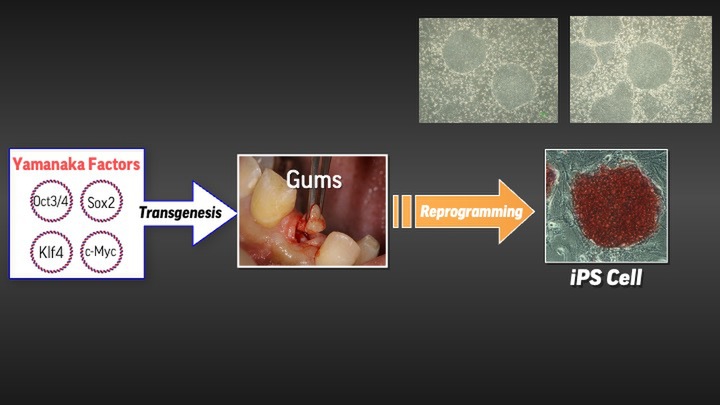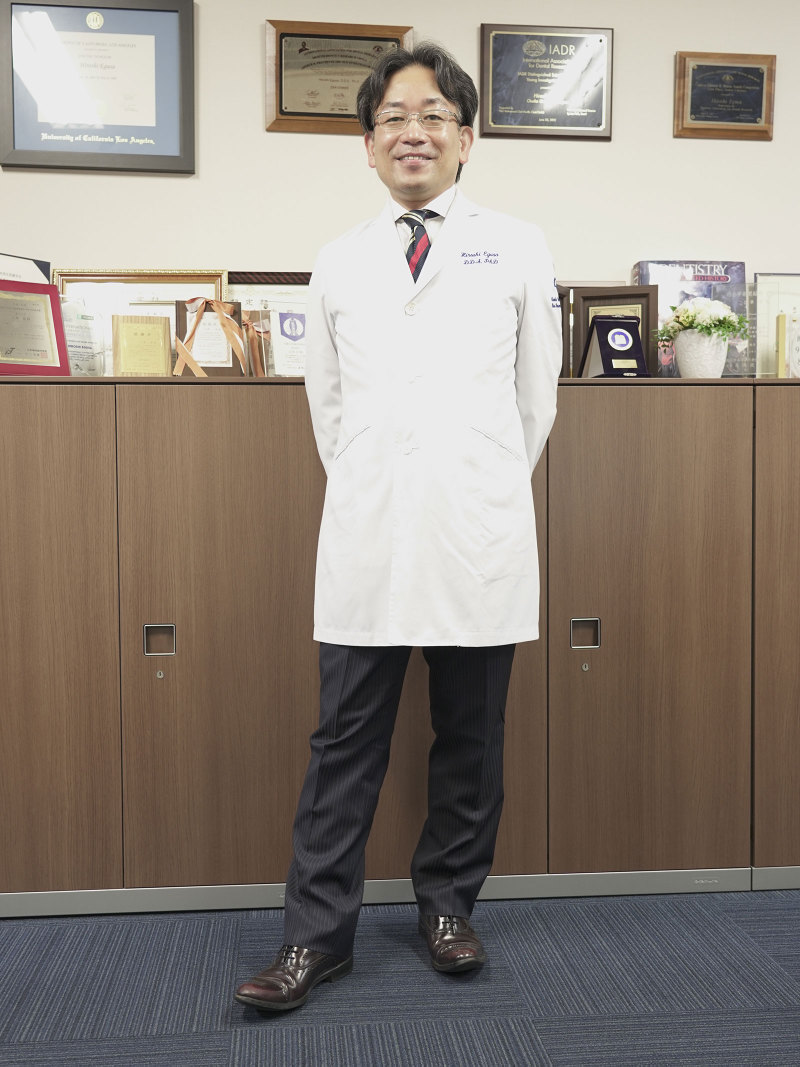Interviews

Regenerating Teeth and Bones With iPS Cells (Part 1)
Hiroshi Egusa
The challenges that arise when introducing iPS cell technology to dentistry
Interviewer & Japanese Writer: Yamamoto Takaya; Translation & Editing: Matthew Cherry
Dr. Hiroshi Egusa is an expert on dentistry who teaches all about the subject at Tohoku University’s Graduate School of Dentistry. He was selected for the 2019 INNO-vation Program’s Disruptive Challenge for his proposal “Bone Regeneration Therapy While Avoiding iPS Cell Tumorigenesis''. By creating cells that have a bone regenerative property from iPS cells (Induced Pluripotent Stem Cells), he aims at revolutionizing regenerative therapy for areas that are difficult to repair, such as oral cavities. If this technology can be implemented, various advancements in regenerative therapy and dentistry would be possible. Patients without jaw bones could receive implant medical treatments, and people with broken bones could see their recovery times shortened.
The starting point for Dr. Egusa’s research took place when he was still a dentistry student at university. One skill he had to master at that time was how to make a sturdy and accurate pair of dentures. The training students receive to polish this skill can be intense. The difference in patients who have lost their teeth varies greatly on the individual level, and university students must learn how to ascertain these differences to create the most suitable pair of dentures for each patient.
“A high level of skill is required to create the perfect pair of dentures for each patient. While I was undergoing the training to perfect this, I felt that although creating good dentures requires skill, maybe the entire process wouldn’t even be required if we could bring a patient’s lost teeth, gums, and jaw back to their original state,” Egusa reflected.
That being said, bringing these bones back to their original state was particularly difficult with the technology available during the 1990s. That all changed in 2006 when Professor Shinya Yamanaka successfully pioneered the creation of iPS cells. Dr. Egusa worked with Professor Yamanaka and other researchers to produce the world’s first iPS cells created from post-surgery discarded gum tissue. From there, iPS cells began their journey into the world of dental care.

iPS cells were successfully created from gum tissue.
It wasn’t long before the first hurdle was encountered. To put iPS cells in simple terms, they are cells that can take on the properties of other cells. Although the applicable uses for these cells are vast, they can easily produce tumors and other unwanted side effects if not effectively controlled. “iPS cells are still an extremely new discovery, which means there’s still a lot that we don’t understand about them. Chalk it up to another one of life’s mysteries,” Dr. Egusa explained about the reality of the situation. To unravel the secrets behind this mystery, he decided to apply for the INNO-vation Program.
In part 2, we’ll ask Dr. Egusa about his work during the INNO-vation Program.

Continued in part 2 (coming November 14th, 2022)
Hiroshi Egusa’s Profile

